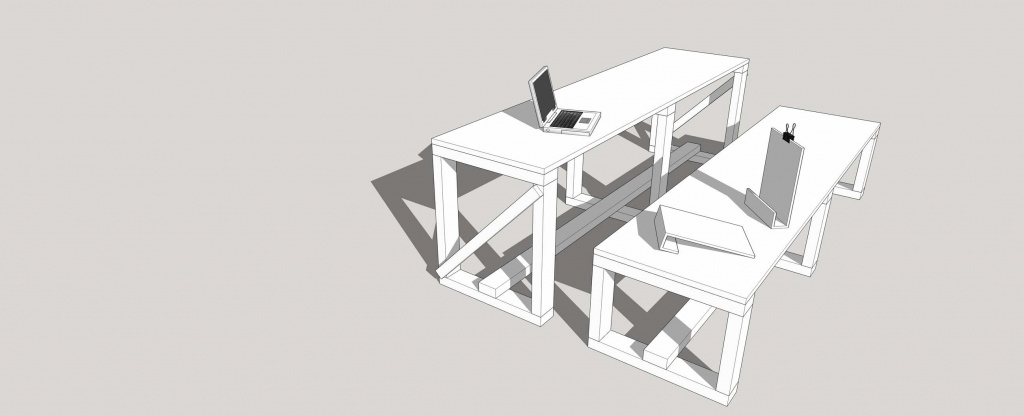
Years back, and as a bit of a joke, I created a calm, quiet personal oasis within my school. I was teaching grade 2 and doing some support work, and I needed a place to store materials when I was not in the classroom. The principal gave me access to the store room which was back then, an unused classroom, and you can probably imagine what it looked like: metal shelving piled with toilet paper and fluorescent tubes, earthquake supplies, unused tables and desks, old books and texts piled up, etc.
I really disliked the space and the way it made me feel. It was ugly and busy-looking. So I started making a few changes. Another teacher on staff, Craig, and I stayed after school and transformed the space. We covered or got rid of anything that said “education” or “children.” Curtains camouflaged the ugly storage shelves. We brought in framed art done by adults. We brought in lamps from home to softly light the space and never turned on the harsh overhead lights. We found some small couches (really just covered soft benches) and arranged them like a living room. We brought in some unused rolling bulletin boards, covered them with batik tapestries, and created a calm, cozy nook. The bright blue table was covered with an earth-tone table cloth. The last things we added were a CD player that played some light jazz, an espresso machine, and a kettle. Unwittingly, we had covered all the senses, but most importantly, we had transformed the feel of the space. And that’s what we called it, “The Space.”
Little by little, we let other teachers in on the joke. We only had two rules: keep the lights low, and leave anything to do with education at the door. We would spend hours in there, so much that we were still there at 5:30, hours into our Spring Break. But the moment The Space went from being an amusing distraction to “something” was the morning I went in to The Space and found Sheila (who taught the district behaviour programme), sitting there, alone, in the dark. She was just sitting there, having a cup of tea, and getting herself ready for the day. If a calm, safe place could give some kind of benefit to a master teacher like Sheila, what kind of effect would such an environment have on children? Eight years later, I am still investigating the effect of classroom environments on children and their education.
I have given workshops on classroom design, especially its impact on Social and Emotional Learning and Self-Regulation, and have helped other teachers change the design of their classrooms. Some things have had a big impact, and because I have been doing this without outside financial assistance and I am quite frugal, I have done them without a huge budget.
Here are a few ideas. Some are small and easy. Others are bigger and more radical. But my advice, if you are just starting your own design journey, is to start small.
Less is More
Whenever I work with teachers who want to make changes to their classrooms, I always start with two questions: “What do you want your classroom to do?” and “What do you want your classroom to say?” A lot of times, the room is not allowing teachers to teach the way want or it is not matching their teaching style or philosophy. I always tell them, “Less is more” or focus on what is important to you and get rid of anything that does not align with what is important. (This is really hard for teachers! We tend to be pack rats.)